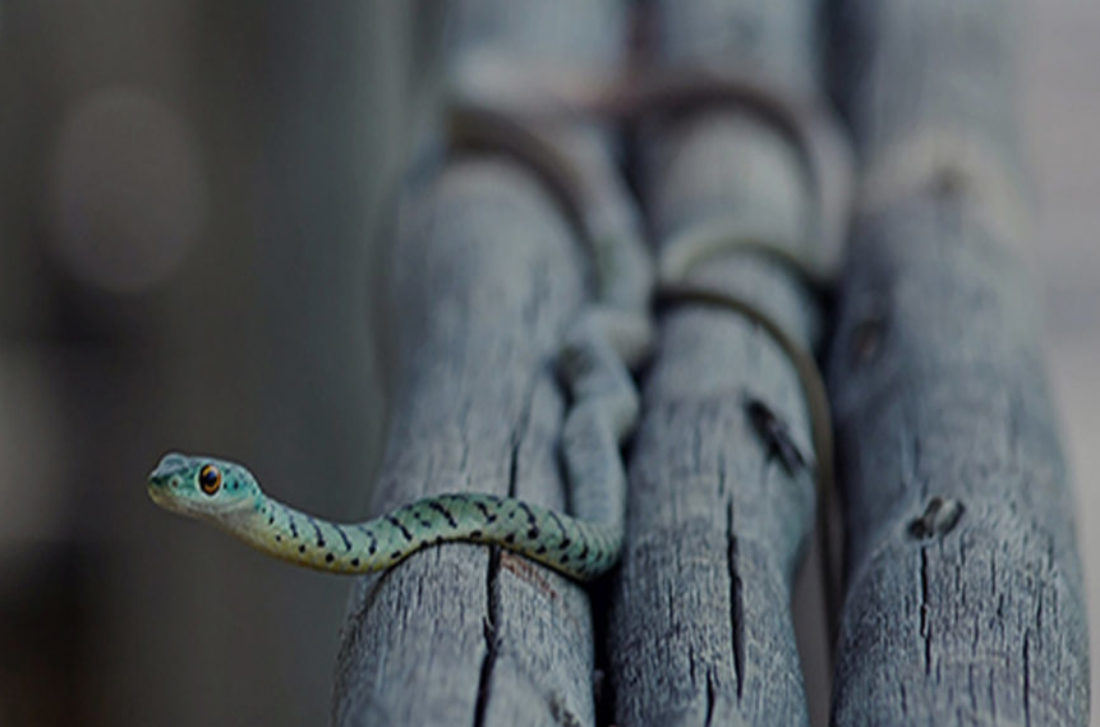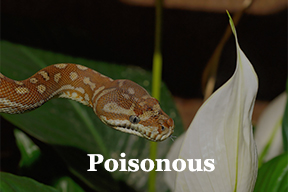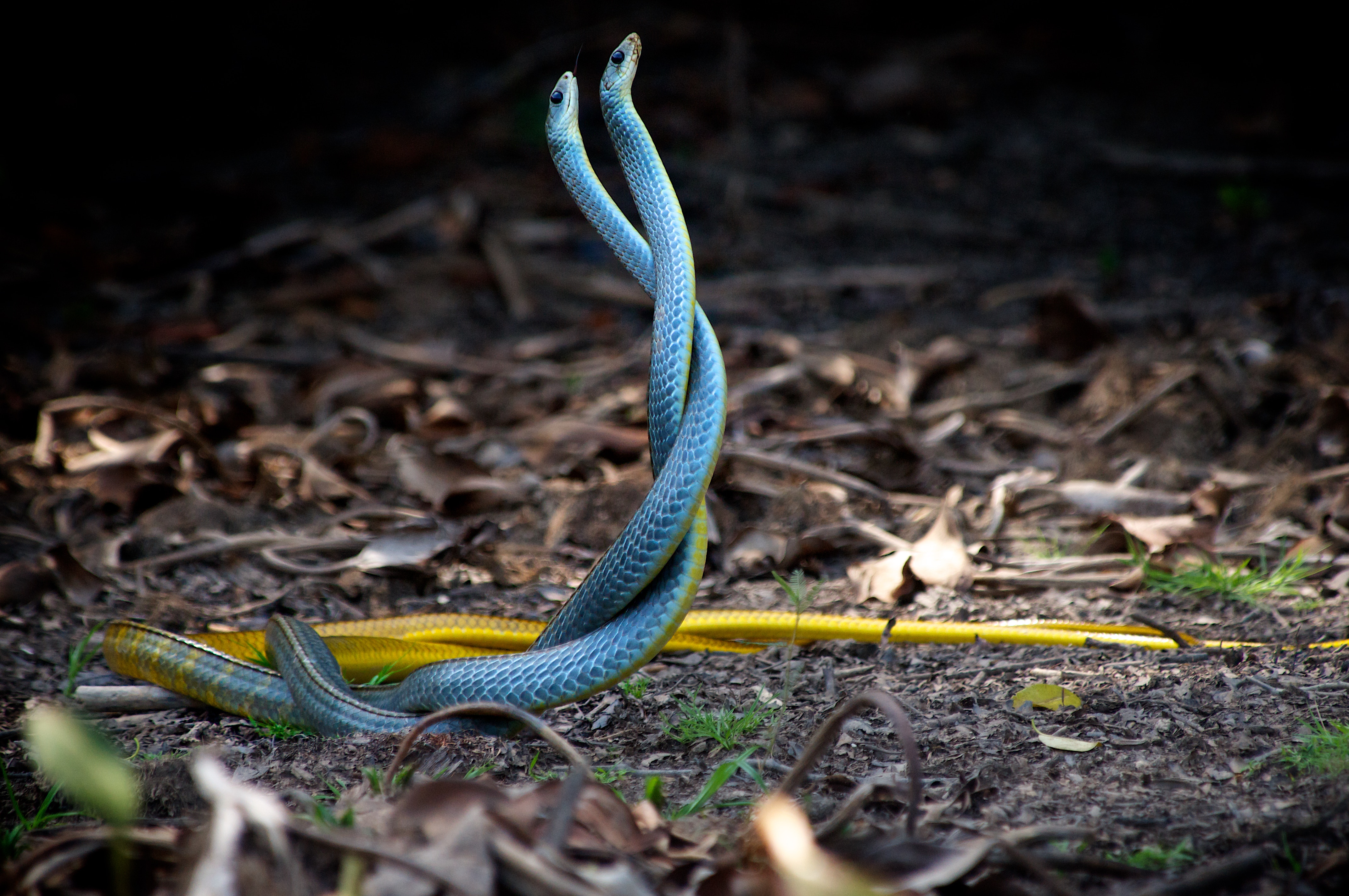Snakes . . . Dealing With Fear!
Before I went to college to get my degree in Animal Care and Management, I was deathly afraid of snakes, as I know many, many other people are. Unfortunately for me, my instructor was an avid snake lover so, not only, did I have to learn about snakes, but I had to hold them as well. To be totally honest, I truly thought I would die, my fear was that extreme. Much to my surprise, once I held one in my hands I realized that they aren’t slimy feeling at all as I had always thought. They are actually smooth and cool to the touch. Their skin kind of feels like vinyl.
During the course, I learned so much about them and that knowledge actually helped to rid me of some of my fear, but, sadly, not all. I know a great many of us learn that fear from our childhood. I mean, look, the most evil creature in the world, we learn from the Bible, is the snake is the Garden of Eden.
Is it any wonder that fear stays without throughout our entire lives . . . unless we learn the truth about snakes. And that, my dear friends, is exactly what I’m here to teach you about.
The most important thing to know about snakes is that most snakes, in general, are not aggressive at all and would much rather avoid you as much as you want to avoid them. A snake can only strike within the distance of on-half of its body. So if you give a snake some distance, ideally at least six feet and a little time, it will simply go on its way.
The next important thing to know is how to tell the poisonous ones from the non-poisonous ones preferably from a distance. To make it easier for you, I have created a list of the differences for you below.
Poisonous Snakes
-
-
-
-
- Have a large, triangular shaped head that has a small, smooth, and shiny cap over the nose.
- Have a pit (small hole) between and slightly below their eyes and nostrils. These pits are heat sensoring which allow the snake to stalk its prey without seeing it.
- Have long, movable fangs.
- The pupils of their eyes are vertically elliptical like the pupils of a cat’s eyes.
- Have undivided scales on the underside of their tails.
- Usually have fat heads and bodies.
-
-
-
Non-Poisonous Snakes
-
-
-
-
- Have a more rounded head with a large, smooth cap over the top of the head past the eyes.
- Don’t have any pit or fangs.
- Have small, round pupils.
- Have divided scales on the underside of their tails.
- Usually have thin heads and bodies.
-
-
-

There is one snake, however, that is an exception to this rule. The coral snake is the deadliest of all of the poisonous snakes. It has none of the know features above. The coral snake has a rounded head, and round pupils, like a non-poisonous snake, and it had no pit.
It is more colorful than other snakes and, thankfully, is much less common. The coral snake has its own special rhyme to verify its deadliness: Red touches black, safe for Jack. Red touches yellow, kill a fellow.
I promise you that I am NOT a pervert, but I have always been curious as to how snakes actually mate. So I thought for the curious minded folks, like me, out there I would explain and show the exact procedure.
When the female is ready to mate she releases a special scent called pheromones from skin glands on her back, and she leaves an odor trail everywhere she goes. This makes it easy for males to find her.
When a male finds her he begins his “courtship” by bumping his chin on the back of her head and crawling over her. If she is willing to mate with him, she raises her tail as an invitation.
To begin the mating ritual, the male wraps his tail around hers so that the bottom of their tails meet at the cloaca. The cloaca is the part of their bodies from which they, both, urinate and deposit feces.
The male then inserts his two sex organs which are called the hemipenes into the females cloaca and when his hemipenes extend, he releases sperm into her. Snake sex usually takes under an hour, but can last as long as an entire day.
Below is a photo of two snakes during their courtship.
Below is a video that shows exactly how snakes mate.
I was surprised to learn that some snakes can even be a little kinky. Some species are known to have orgy-like sexual encounters which are known as snake balls. The reason I am adding this little tidbit of information is to help you to be prepared and less frightened if you ever happen to encounter one of these situations.
Female snakes reproduce about once or twice a year. Now all snakes give birth the same way. Some species actually give birth to their young, producing 1 to 150 babies at a time. Other species lay eggs, producing 1 to 100 eggs at a time. Some species even combine the process by holding their eggs internally until they hatch and then giving birth to them.
Mother snakes do not sit one their eggs as chicken hens do, although in some cases they will protect the eggs or the newborns, but only for a few days. Then the babies are totally alone and left to fend for themselves.
I don’t know about you, but just knowing that those poor babies have fend for themselves right after birth gave me a new sense of empathy for them. Learning more about snakes truly helped me to overcome some of my fear, but sadly, I think I was always carry that inner terror of snakes with me. Perhaps that might not be such a bad thing.



